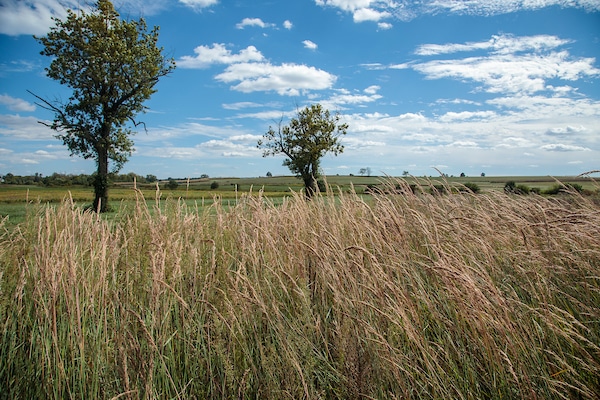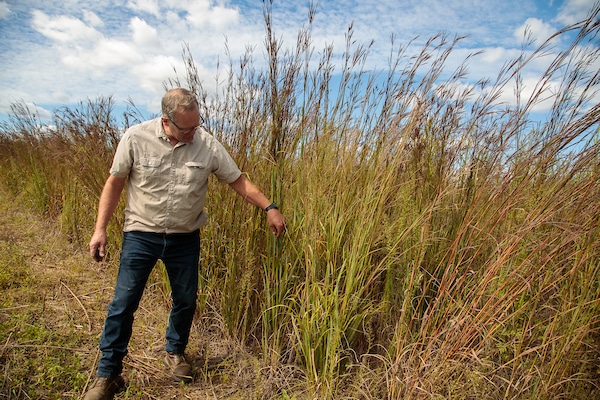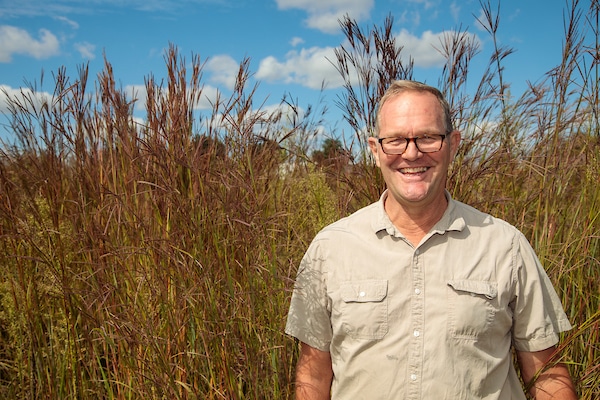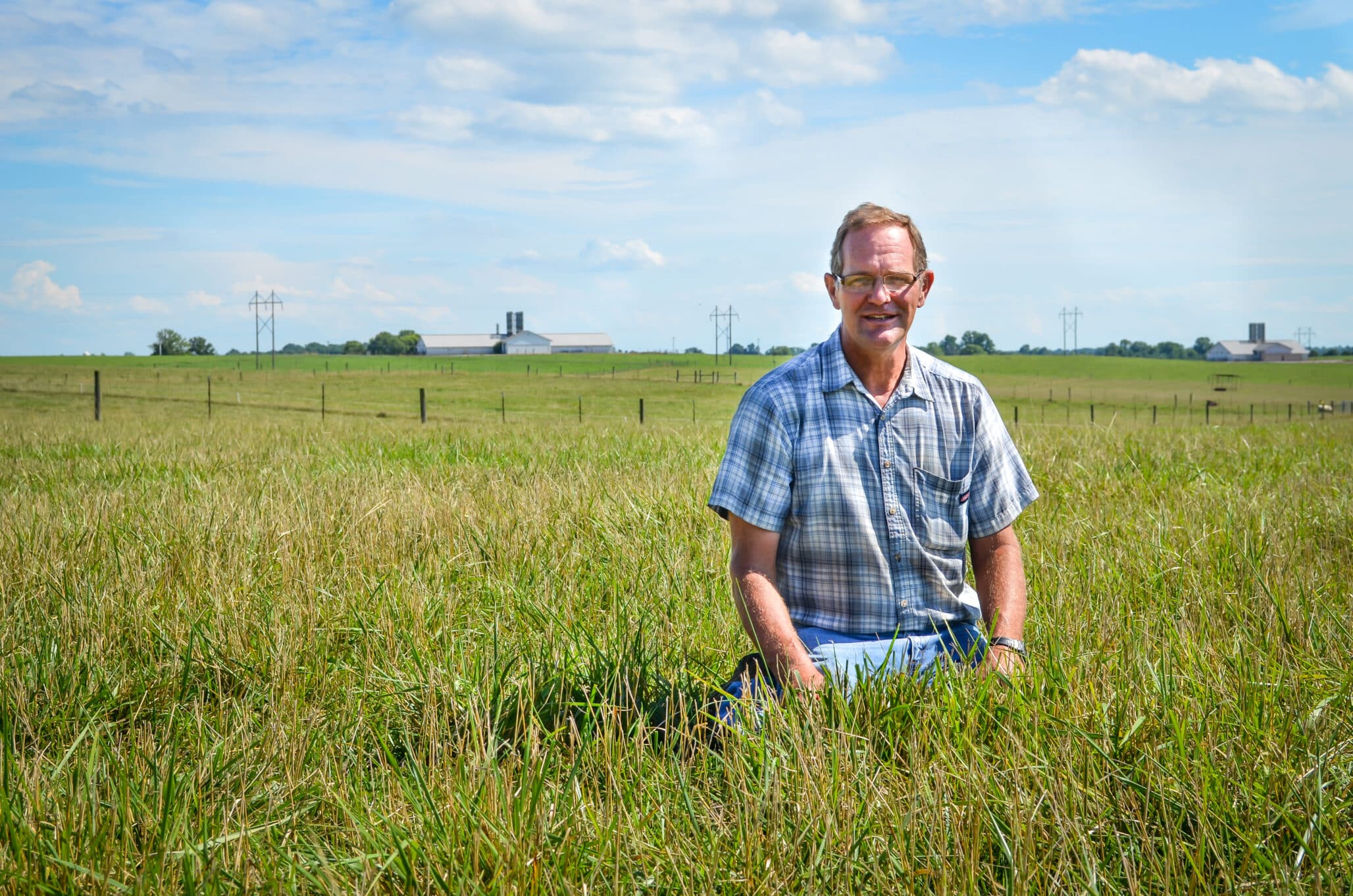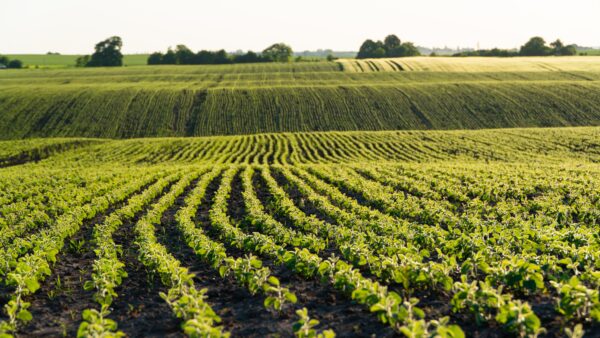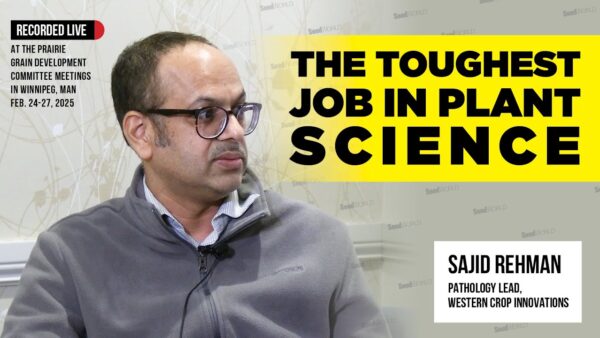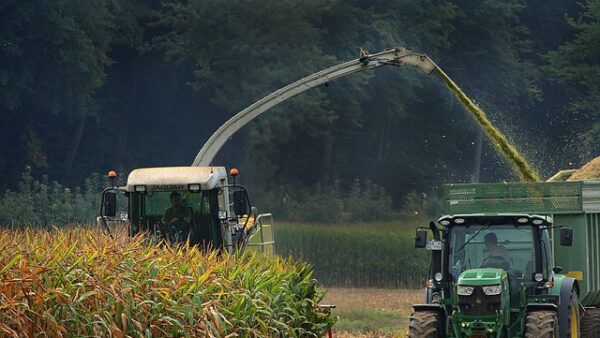Part 4 of Breeding the Future of Turf and Forage.
As a grass breeder, Phillips is constantly balancing the demands of the market with the realities of breeding. Consumers often prioritize aesthetics over sustainability, gravitating toward grasses that are lush, green and uniform. However, as environmental concerns grow, Phillips is seeing a shift in consumer behavior — particularly in the turf industry, where there is increasing interest in grasses that require fewer inputs like water and pesticides.
“Consumers want a beautiful lawn, but they’re also starting to care more about sustainability,” Phillips explains. “Tall fescue is a great option because it’s more heat- and drought-tolerant than Kentucky bluegrass, but it doesn’t have that dark green color that people love. So, we’re working to find a middle ground — grasses that look great but are also environmentally friendly.”
Phillips also notes the global variations in consumer preferences. In North America, consumers often prefer darker green grasses, while in Europe, lighter, lemon-lime shades of green are more popular.
“It’s amazing how much color plays a role in grass breeding,” Phillips says. “We could have a variety that performs incredibly well, but if it’s not the right shade of green, it might not sell. In Europe, they’re not as concerned about having a deep emerald lawn, but here, that’s often the ideal.”
The demands of the seed production industry also weigh heavily on breeding decisions. In addition to producing grasses that look good and are resilient, they must also yield a sufficient number of seeds to be commercially viable. This requires testing new varieties in regions like Oregon’s Willamette Valley, where seed production is concentrated.
“Seed yield is a huge factor in whether or not a variety succeeds,” Phillips says. “You can have the best-looking grass in the world, but if it doesn’t produce enough seed, it’s not going to make it to market. That’s why we spend so much time testing our grasses in different environments.”
A Commitment to Resilience
Phillips’ work is deeply tied to the challenges of a changing climate. As weather patterns become more unpredictable, grass breeders are tasked with creating varieties that can withstand both drought and flooding, extreme heat and cold snaps. Phillips is optimistic that the grasses of the future will not only survive these conditions but will thrive.
“The climate is changing, and that means we have to change the way we breed grasses,” Phillips says. “We’re not just breeding for average conditions anymore — we’re breeding for extremes.”
Phillips’ vision for the future of grass breeding is one that blends innovation with tradition. While grasses like Kentucky 31 will always have a place in the market, Phillips believes that new, more resilient varieties will ultimately become the standard.
“For me, it’s about leaving behind a legacy of innovation and resilience,” Phillips says.”


